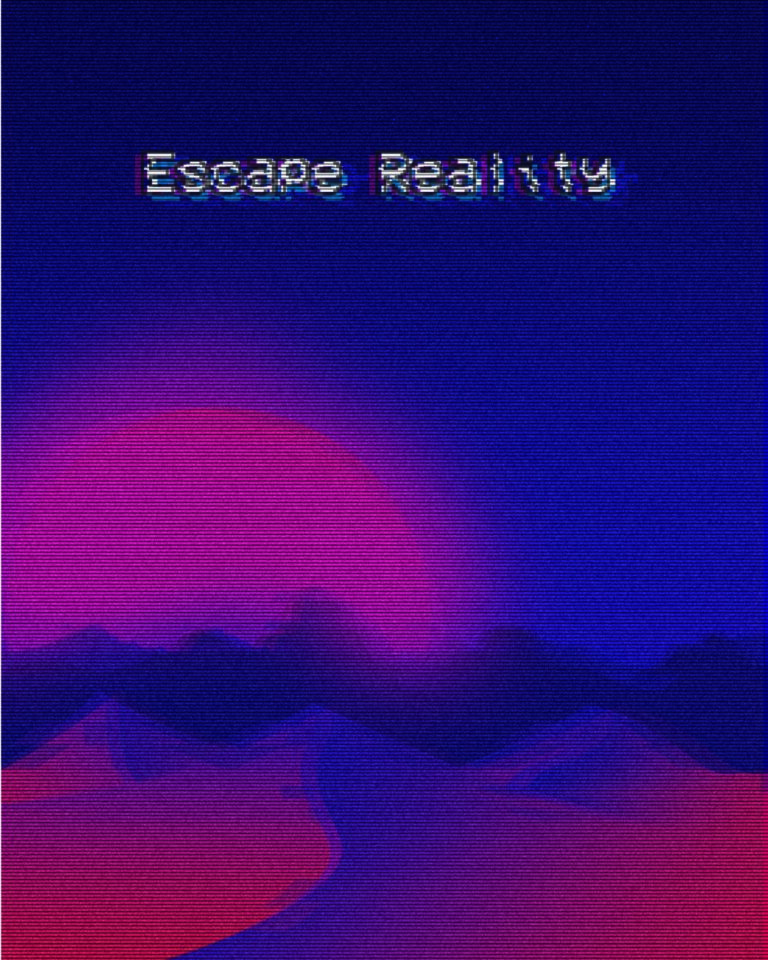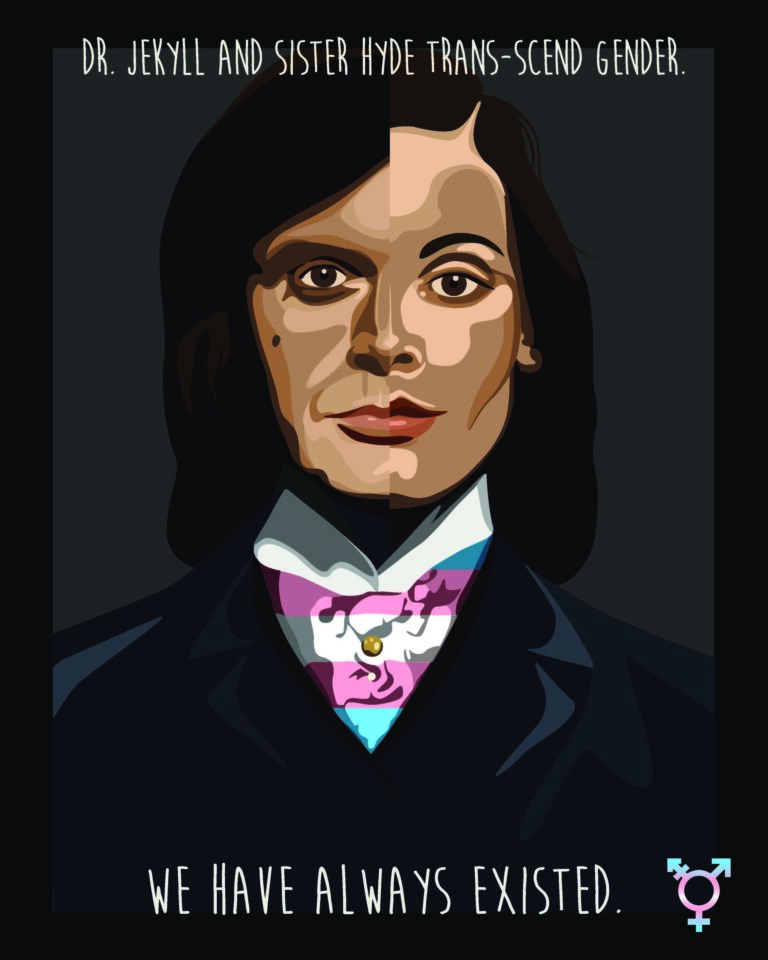Jay Hollick is an established designer and illustrator who has been working professionally as an artist for several years. He has shown work both nationally and internationally. Since the launch of our Illustrative Design program, Jay has been building something special here at RMCAD. The Chair of Illustrative Design shares his expertise about the program, career possibilities, and what makes this degree so unique.
What exactly is Illustrative Design?
Illustrative Design is a new program here at RMCAD that combines the skills learned in Illustration with the approach to design thinking learned in Graphic Design. The program is split with half of the courses being in Illustration and the other half in Graphic Design. An Illustrative Designer focuses on drawing as a means of solving visual communication problems, whether it be for packaging, motion graphics, or brand identity systems.
Tell us about the students who pursue Illustrative Design – what makes them unique?
A student coming into this program should have a strong pull towards Illustration as it relates to branding, environmental graphics, advertising, and packaging among other things. Illustrative design students have the ability and desire to solve communication problems through Illustration as opposed to other visual solutions.
What differentiates this program from Illustration and Graphic Design?
Graphic Design explores design thinking in several ways including web design, user experience, and interactive design. It also includes other mediums like photography.
Illustration offers two concentrations and one emphasis. Students gain technical mastery of drawing and painting when it comes to visual storytelling. This could be applied to book illustrations, concept art, and sequential art.
Illustrative Design focuses solely on drawing as a means of approaching design projects. It takes the skill sets in drawing and painting and applies them specifically to design projects.
Can you tell us about the types of jobs that are available with this degree?
Students that come out of the Illustrative Design program could find themselves working in package design, motion graphics, visualizing data for infographics, or working on environmental design projects.
An entry-level position as an Illustrative Designer depends on opportunities available and if the student is willing to relocate. Internships and entry-level graphic design positions are a good place to start, and a good way to get your foot in the door with an established firm.
We always encourage students to apply for internships while they’re still in school. Experience gained during internships can be leveraged for future job opportunities while still earning college credits. It’s best to start networking as early as possible.
What do you hope your students gain from getting an Illustrative Design degree?
I hope students come out of the Illustrative Design program with a genuine passion for illustration and design and can bring that love into the workforce. It takes courage to pursue a degree in the arts and when students graduate, they should feel as though they’ve taken the first steps towards a career.




Click here to learn more about our Illustrative Design program and how you turn your creativity into your career!

